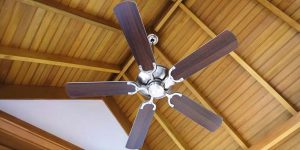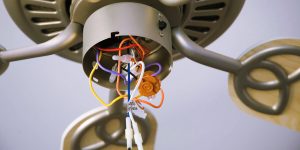Imagine slashing your electricity bill while still enjoying a comfortable indoor temperature during hot weather. Sounds too good to be true, right? Nevertheless, you can achieve this result. And the solution lies within an often overlooked home appliance: the ceiling fan.
These devices are not only stylish additions to your home decor. Ceiling fans also reduce energy costs. They circulate air efficiently, creating a comfortable living environment while reducing your reliance on costly HVAC systems.
So, look into this article to explore how incorporating ceiling fans into your daily routine can significantly lower your electricity costs.
Optimizing fan usage
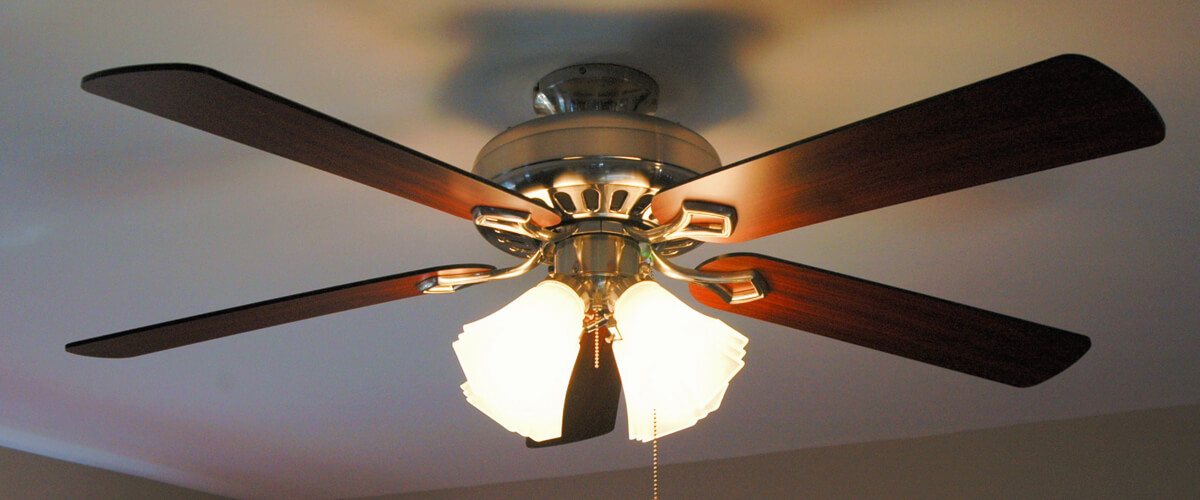
Adjusting the fan speed for maximum efficiency
One of the first things I recommend you do to optimize your ceiling fan’s energy-saving potential is to adjust the fan speed. While it may seem counterintuitive, running your fan at a higher speed can be more energy-efficient than using it on a lower setting. In addition, higher speeds create a wind chill effect, making the room feel cooler and reducing the need for air conditioning. Remember, though, that comfort is subjective. So experiment with different speed settings to find the perfect balance for your needs.
Relying on natural ventilation with open windows
When the weather allows, using your ceiling fan in conjunction with open windows can create a pleasant, energy-efficient living space. This approach relies on natural ventilation, promoting air circulation and maintaining a comfortable temperature without relying solely on your HVAC system. Be mindful of outdoor conditions, though, as you wouldn’t want to let in hot, humid, or polluted air.
Coordinating your fan with your HVAC system
Although ceiling fans can replace air conditioning in certain situations, they can also be used strategically alongside your HVAC system for even greater energy savings. During hot summer months, set your thermostat a few degrees higher and use ceiling fans to create a wind chill effect. This will allow you to stay cool while reducing the load on your air conditioner. Conversely, in colder months, utilize the reverse setting on your fan to circulate warm air that has risen to the ceiling, easing the burden on your heating system.
Choosing the right ceiling fan
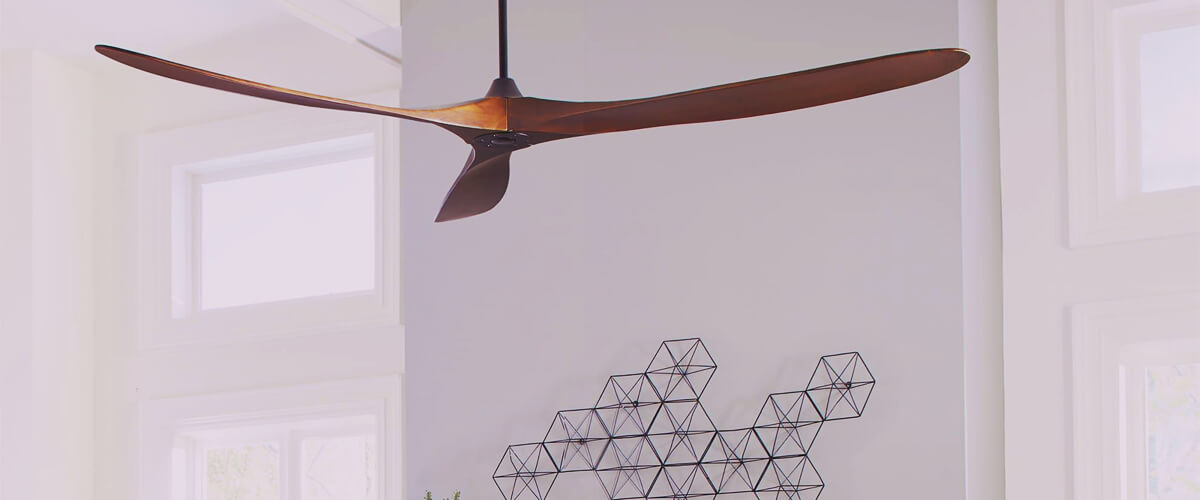
Selecting the perfect fan size for your room
When it comes to picking the proper ceiling fans to save money on energy bills, you’ve got to consider their size. A fan that is too small for a room may not provide sufficient air circulation. While an oversized fan will consume unnecessary energy. To determine the appropriate fan size, measure your room’s square footage and follow these general guidelines:
- Rooms up to 75 square feet: 29-36 inch fan.
- Rooms between 76-144 square feet: 36-42 inch fan.
- Rooms between 145-225 square feet: 44-50 inch fan.
- Rooms between 226-400 square feet: 50-54 inch fan.
I’m sure you know the size of your room, so choose a model based on my list.
Considering ceiling height and fan mounting options
For optimal air circulation and energy savings, a fan should be mounted 8-9 feet above the floor. If your ceiling is higher, consider using a downrod to achieve the appropriate height. For low ceilings, flush-mount or hugger-style fans can be an excellent option.
Balancing style and performance with the number of blades
While the number of blades on a ceiling fan may seem like a purely aesthetic choice, it can also impact energy consumption. Fans with more blades generally move air more slowly, potentially requiring higher speeds to achieve the desired cooling effect. However, advances in blade design and motor technology have minimized these differences. When choosing a fan, consider the design that complements your home’s style. Also, look for energy-efficient features such as a DC motor or an Energy Star rating.
Proper installation
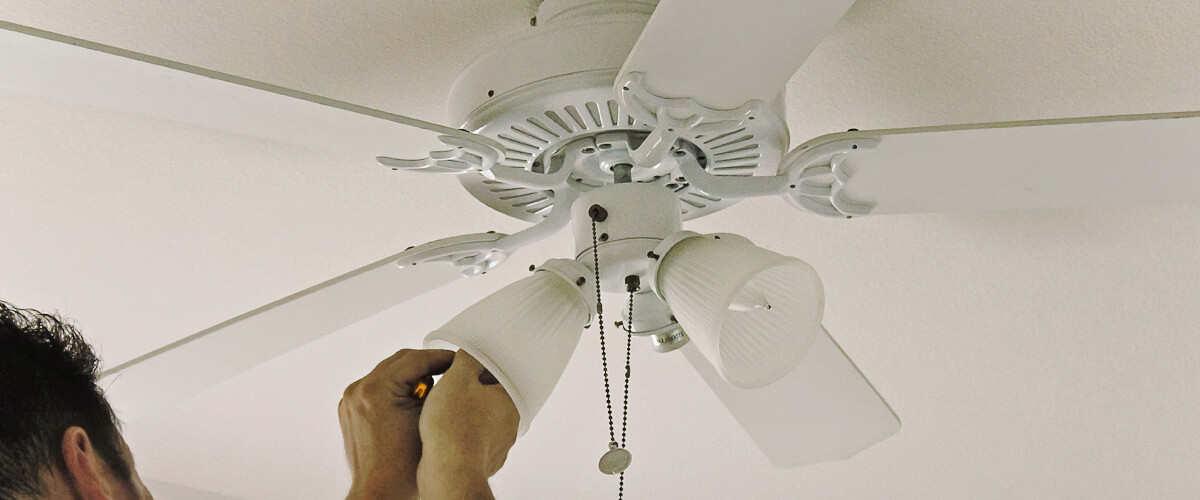
Would you like to use a ceiling fan to reduce cooling costs? Then be aware that you’ve got to install it properly to maximize its energy efficiency and ensure a quiet, smooth operation. Incorrect installation can lead to wobbling, which not only increases noise levels but also puts extra strain on the fan motor. This leads to the consumption of additional energy and shortens the fan’s lifespan. To fully reap the benefits of your ceiling fan, follow these installation tips.
Mounting your fan for optimal air circulation
As I mentioned earlier, the ideal mounting height for a ceiling fan is 8-9 feet above the floor. Use the appropriate mounting hardware to achieve this height. Additionally, ensure that the fan is securely fastened to a ceiling joist or a fan-rated electrical box to prevent wobbling.
Balancing your fan for a smooth and quiet performance
After installation, check your ceiling fan for balance. A well-balanced fan operates quietly and reduces wear on the motor, thus conserving energy. If your fan wobbles, use a balancing kit, usually included with the fan, to make minor weight adjustments to the blades. Alternatively, you can consult a professional for assistance.

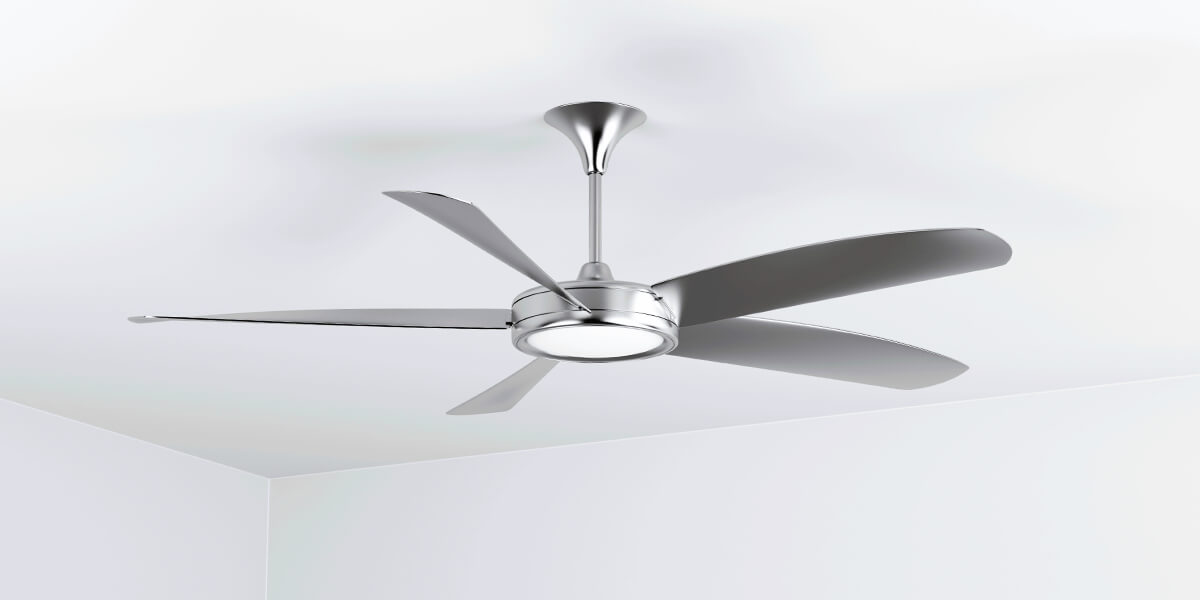
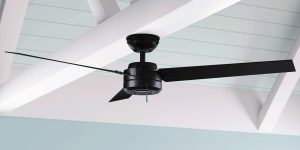
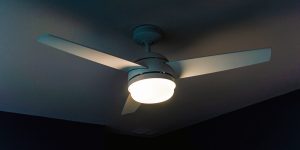

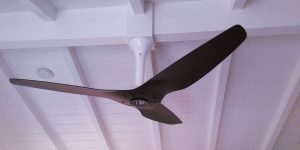


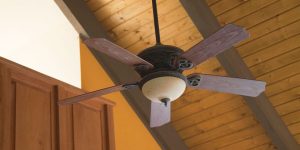

![How Many Blades Should a Ceiling Fan Have? [3 vs 4 vs 5-Blade]](https://www.kennedyproductions.com/wp-content/uploads/2023/08/does-the-number-of-blades-on-a-ceiling-fan-matter-300x150.jpg)
